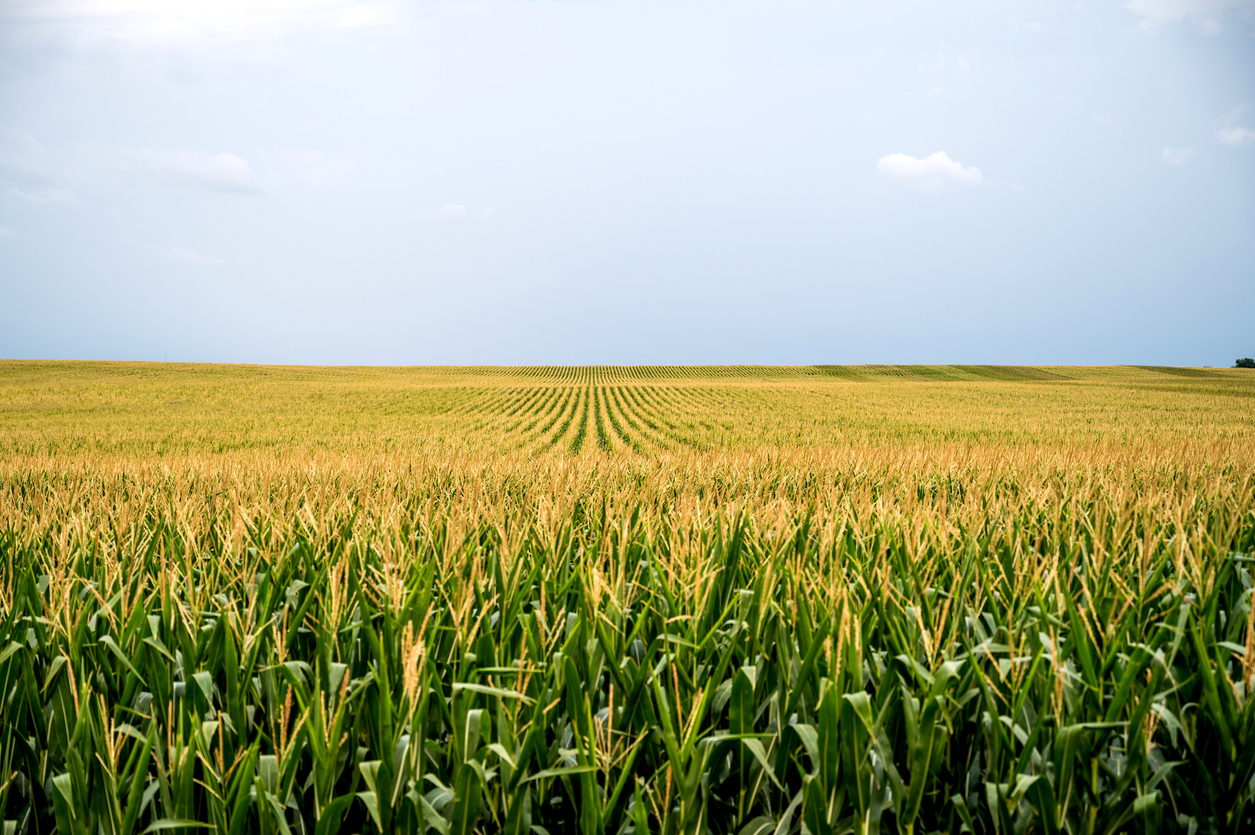How Selenium and Healthy Food can Reduce COVID Virus Infection and/or Speed up Recovery

University of SURREY Link identified between dietary selenium and outcome of Covid-19 disease By Natasha Meredith An international team of researchers, led by Professor Margaret Rayman at the University of Surrey, has identified a link between the Covid-19 cure rate and regional selenium status in China. Publishing their findings in the American Journal of Clinical Nutrition , researchers using data (up to 18 February), investigated possible links between selenium levels in the body and cure or death rates of those with the Covid-19 virus in China. Selenium is an essential trace element obtained from the diet (i.e. fish, meat and cereals) which has been found to affect the severity of a number of viral diseases in animals and humans. For example selenium status in those with HIV has been shown to be an important factor in the progression of the virus to AIDs and death from the condition. China is known to have populations that have both the lowest and highest selenium status in the wor...




